SUMMARY
This is AI generated summarization, which may have errors. For context, always refer to the full article.
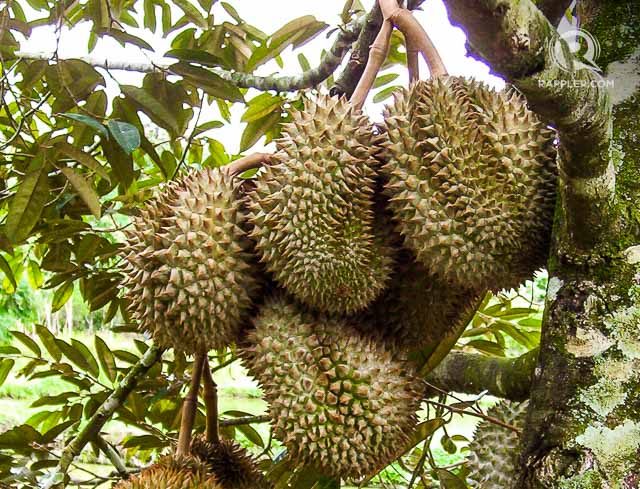
DAVAO CITY, Phiippines – Davao City is known not only for its fine beaches and the endangered Philippine eagle, but also for its durian. Tagged as one of the world’s most exotic fruits, durian is now a byword not only in the Philippines but also in other countries. (READ: Davao City: Your complete weekend itinerary)
Travelers, both local and foreign, who come for a visit to Davao City usually bring with them durian delicacies – candy bars, sticks, cubes and preserves – when they go home as a pasalubong. (READ: From Davao City, make the trip to these 8 beautiful beaches)
Southern Mindanao, where Davao City is a part of, is considered durian republic. In fact, most foreigners who come to the city are surprised to know that durian thrives well in this part of the world. (READ: 9 spectacular places to visit in Mindanao)
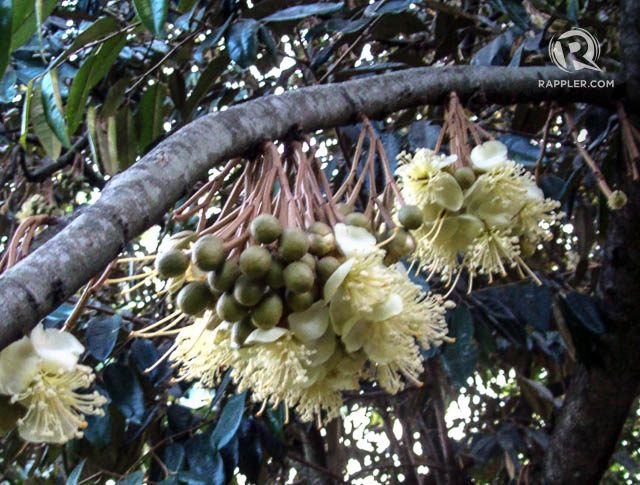
The place in which the durian is indigenous has not been determined with certainty. The species is generally believed to be native to Borneo and other islands of the Malay archipelago.
Durian is common throughout Southeast Asia, particularly Indonesia, Thailand and Malaysia. In the Philippines, durian grows only in Mindanao while in the rest of the country the trees are few and far between. It is also an important crop in Vietnam and Burma (Myanmar).
The fruit is famous (or infamous) for its odor. Most people say that durian stinks, that it has a repugnant aroma. But to some, its fragrance can be compared to a perfume. “It smells like hell but tastes like heaven,” described one foreign scribe.
Most airlines won’t allow it on board. Singapore, so orderly that it bans chewing gum, bans durians from its subway stations and trains. (READ MORE: Britania Islands, breathtaking paradise in Surigao del Sur)
British novelist Anthony Burgess told of “the fetid exciting reek like eating a sweet raspberry blancmange in the lavatory.”
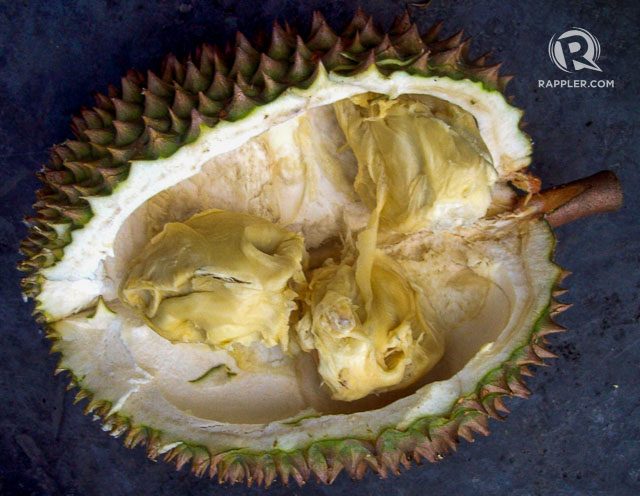
It seems among FIlipinos, many love durian, second to everyone’s favorite, the Philippine mango. In a survey conducted by this author, many of the respondents singled out durian as their fruit for all seasons.
“Durian, of course,” replied Dr. HIlario Lapeña, a Filipino physician who now works in Canada, when asked what is his most favorite fruit. “Nothing beats it. I have tasted lots of exotic fruits but I still go back to my all-time favorite – durian. Friends who used to say that they hated it are now converts.”
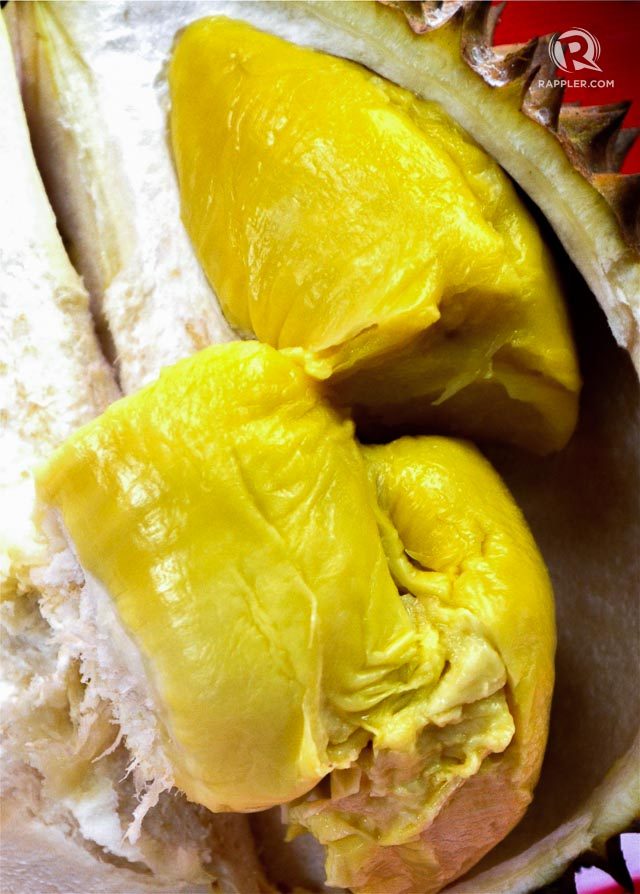
Another physician, who describes herself as a fruit lover, likes to eat all kinds of fruits, tropical or otherwise. But durian is the best, according to her. “My first encounter (with durian) was not very pleasant due to its odor. But once you have tried to taste its soft creamy pulp, you’ll learn to love it. My husband is from Laguna and it took so much prodding before he tasted it. Today, durian is his favorite fruit.”
In the 1912 issue of the Philippine Journal of Science, O.W. Barrett noted: “The chemical body which is responsible for the very pronounced odor is probably one of the sulfur compounds with some base perhaps related to that in butyric acid; it is not an oil nor a sugar, not a true starch but a substance new to the organic chemist.”
Durian is also known as Durio zibethinus. The name “durian,” however, comes from the Malay word “duri” (which means “thorn”) together with the suffix “–an.”
There are several varieties of durian grown in the Philippines. The most important ones, commercial-wise, according to the Laguna-based Philippine Council for Agriculture, Forestry and Natural Resources Research and Development, are Chanee, Mon Thong, Alcon Fancy, Arancillo, Atabrine, Duyaya, GD 69, Lacson Uno, Mamer, and Puyat.
Unlike mango, durian is a seasonal fruit and generally it is eaten fresh. At the beginning of the season, a kilogram costs P60. The price will go down when more durian fruits are delivered from the neighboring areas.
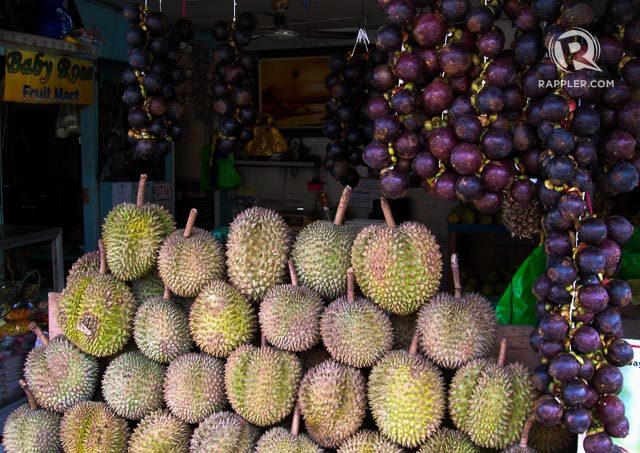
When ripe, the aril (usually referred to as the “flesh” or “pulp” and only accounts for about 15-30% of the mass of the entire fruit) is usually eaten fresh. The ripe pulp can also be made into jam, preserve (often packed like long sausages), candies, and other sweets.
Here’s a timely tip to people visiting Davao and who would like to eat durian. After eating, put some water into the empty durian shell and wash your hands in it. This technique reportedly removes the smell of the durian in your fingers.
Try anything else – detergents, deodorants or whatever, but all these will be useless– the smell will remain just as pungent.
In the Malay Archipelago, about 150 years ago, famed Victorian naturalist and evolutionary theorist Alfred Russel Wallace wrote, “To eat durian is a new sensation worth a voyage to the East to experience.” – Rappler.com

Henrylito D. Tacio is an award-winning journalist based in the southern part of the Philippines. He specializes on reporting science, environment, medicine, agriculture, and travel features.
Add a comment
How does this make you feel?
There are no comments yet. Add your comment to start the conversation.